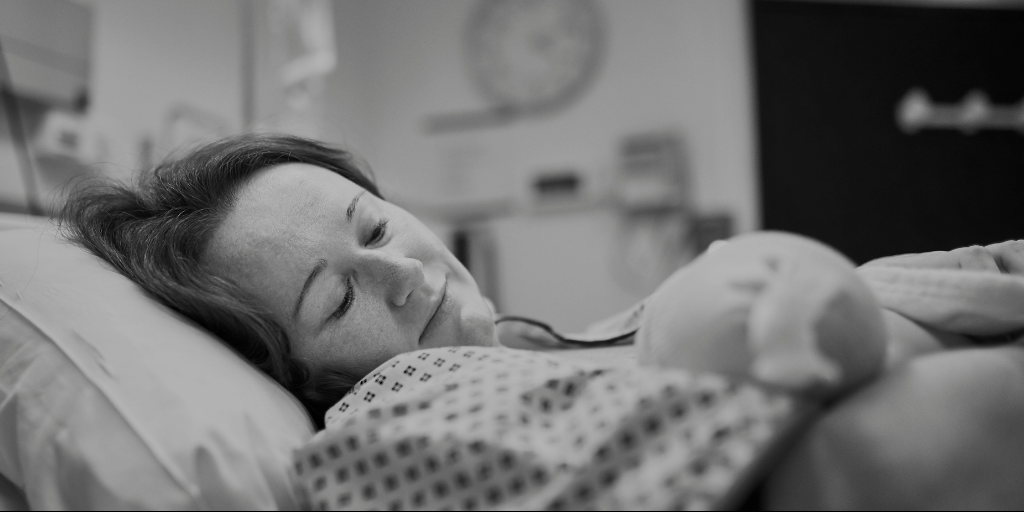Labor Medications and Infant Behavior

April 8, 2019

Early Human Development published a study this month that investigated the effect of labor medications on newborn behavior in the first hour after birth. The article caught my eye because I find myself frequently asked questions by mothers about what normal newborn behavior looks like, and quite frequently my answer is that it depends on the type of birth that you have and what happens immediately after birth. Usually this is where I get into the importance of skin-to-skin for the first hour (commonly called the “golden hour”).
As overviewed in this study, infants that are allowed to be skin-to-skin during the first hour, infants will go through predictable stages of behavior, termed the “Widström’s 9 stages”.
Widström’s 9 Stages
-
The birth cry is a distinct and specific cry as the baby’s lungs expand for the first time.
-
Relaxation is a time immediately after the birth cry ends, when the baby becomes still and has no visible movements.
-
Awakening begins as the baby opens the eyes for the first time, blinks, has small mouth movements and limited hand and shoulder motions.
-
Activity involves larger body movements, including whole arm motions, specific finger movements, shoulder motion, head lifting, and stable open eyes.
-
Rest could happen at any point during the first hour, interspersed between stages or as a transition between stages.
-
Crawling involves the baby moving purposely towards the breast and nipple. It could be accomplished through sliding, leaping, bobbing, or pushing.
-
Familiarization is a stage at the mother’s nipple where the baby licks, tastes, touches and moves around the nipple and areola area.
-
Suckling involves the baby self attaching to the nipple and initiating breastfeeding.
-
Sleeping is an involuntary activity of the baby around 1.5 to 2 h after birth.
I like this study, though, because it looks past the choices post-birth and sheds some light on what we consider good clinical practice.
What the researchers did:
In this study, participants self-elected to labor with or without labor medications and consented to be video taped for the fist hour after birth by a member of the research team while undergoing skin-to-skin. There were four experimental categories:
-
no birth medications
-
fentanyl without synOT
-
synOT without fentanyl
-
Borth fentanyl and synOT
What the study found:
-
Babies without birth medications had longer birth cries than babies exposed to medications
-
All babies had similar relaxation (stage 2), awakening (stage 3), and activity (stage 4) durations
-
Babies exposed synOT without fentanyl spent signficantly less time resting
-
Babies without birth medications were significantly faster at crawling to the breast than those exposed to birth medications
-
Babies exposed to synOT and fentanyl spent less time in the familiarization stage (stage 7)
-
Babies exposed to fentanyl and synOT during birth were significantly less likely to suckle
-
Overall, an inverse correlation was found between exposure to synOT and fentanyl and normal behavior of an infant based on measured time in each stage
What the study means:
Ultimately, it is still a mother’s choice whether she wants to use medications during her birth experience. What this study shows is that what we consider “normal” as supportive birth clinicians needs to shift based on the experience of the mother during birth. In the breastfeeding world, we ideally want the infant at the breast and suckling within the first hour. This research provides some evidence that suckling within the first hour may be an unrealistic expectation if the infant was exposed to medications during birth. With these infants, we may need to be patient and allow the infant additional time to adjust after birth before they are suckling.
If you are getting ready to deliver and would like an easy way to remember what is “normal” for a newborn, check out my quick guide to the first 48 hours. It can be downloaded by clicking the button below.
Filed under
Published on
Type a search + hit enter!
Browse the Blog
Category #1
Category #2
Category #3
Get Your copy →
Cross the finish line with confidence.
Don't walk into your IBCLC exam nervous - with our comprehensive study guide in your back pocket, you'll be prepared for every scenario and question.
© 2024 Hope Feeds Families LLC | Policies | Site Credit